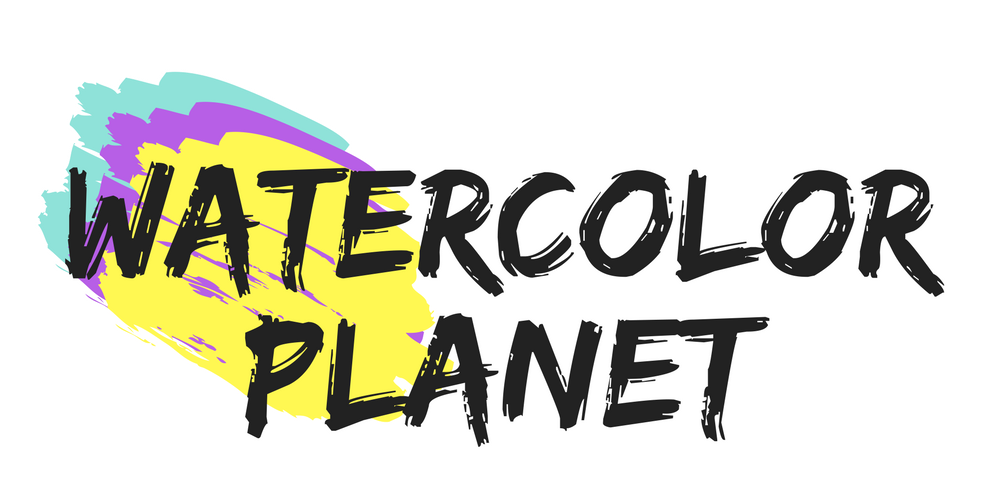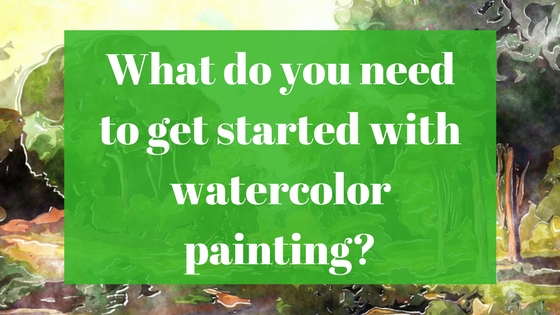Some people have the idea that the talent on any artistic expression —in this case, painting— is only for a few gifted people. But there has been shown that even when some people have some natural predisposition to a certain ability, any person can learn and develop any artistic talent. You only have to understand what it takes and the right approaches to learning.
Let’s consider some important points about what you need to get started with watercolor painting. But these are aspects that can be applied to any other artistic expressions and disciplines as well.
Self-encouragement and discipline
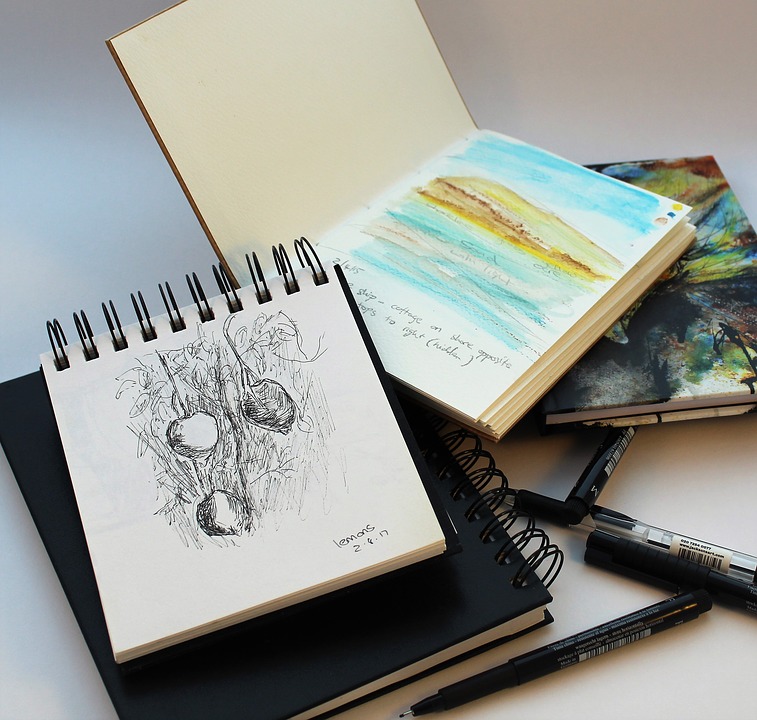
You’ll need to push yourself toward achieving the goal of mastering watercolor painting. Probably so you take your palate and your brushes with some anxiety, and when you finally decide to apply the first paint-strokes, it doesn’t seem to make any sense. Don’t worry; these are the first steps that will lead you to a successful mastering of the technique.
Look around you! Observation
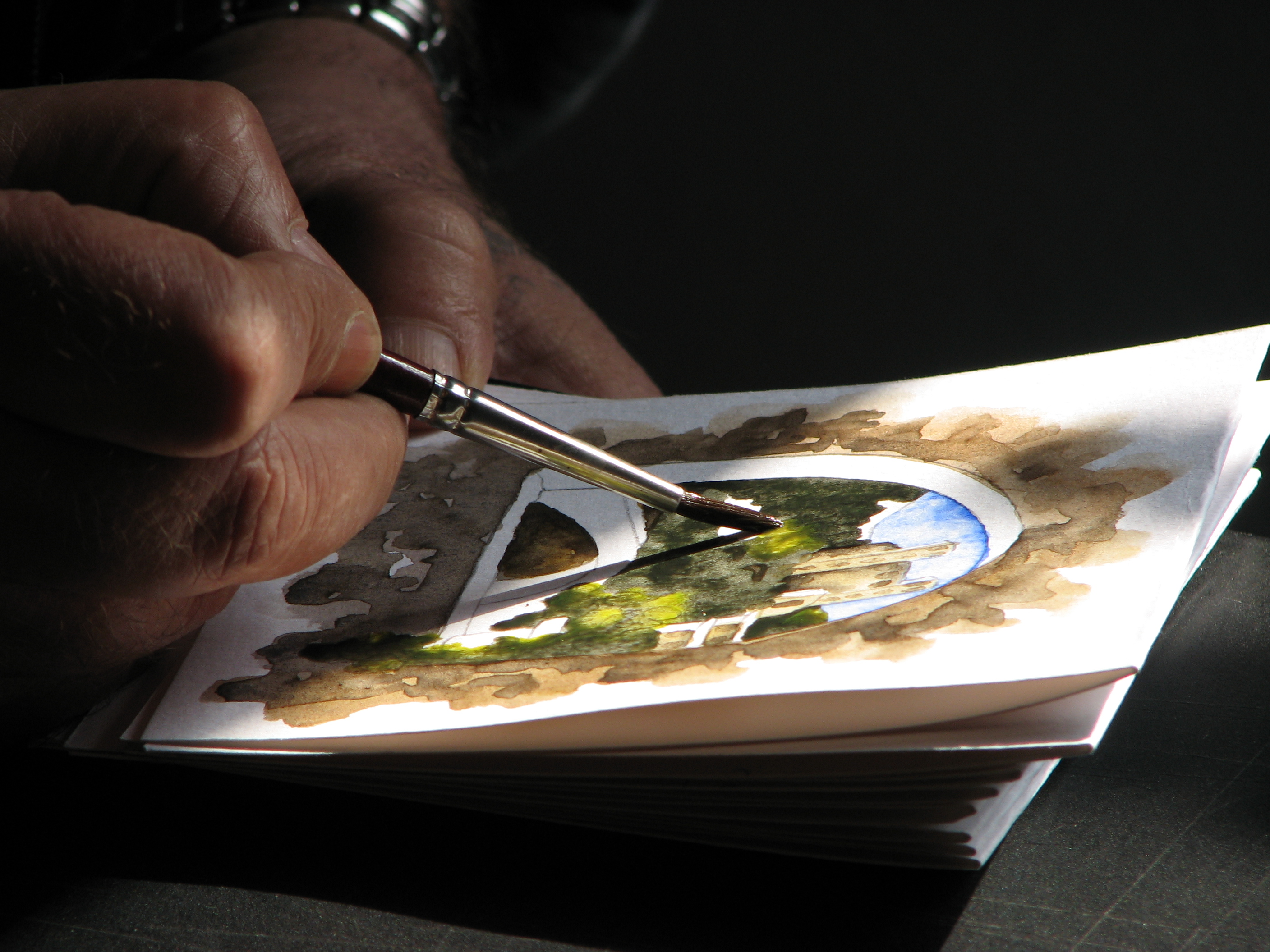 Even though this might sound like a cliché, the truth is that observation is present in any field. Observation is what led Isaac Newton to wonder about gravity law and explain it through math. Vincent van Gogh himself said: “Always continue walking a lot and loving nature, for that’s the real way to understand art better and better.” (Quote from vangoghletter.org)
Even though this might sound like a cliché, the truth is that observation is present in any field. Observation is what led Isaac Newton to wonder about gravity law and explain it through math. Vincent van Gogh himself said: “Always continue walking a lot and loving nature, for that’s the real way to understand art better and better.” (Quote from vangoghletter.org)
Based on my reflection, these are some of the benefits of observation:
- Boosts your creativity.
- Help you think of something in a reasoned way.
- Prepares you to better plan your sketches.
- Helps you find themes and objects for your paintings.
- Helps you understand the shapes, lights, and tones.
- For instance, it will help you become detailed oriented.
What happens when you observe is that you stop simply seeing and start wondering about what you see, such as Isaac Newton when wondered, why does this apple fall? Why do things have to fall? There has to be a force as a logical reason for that. The same way you might ask, Why does this object have this texture?, How can I emulate it?, What brush would I need in such case? What technique? How many colors will I need? And so on.
We understand art as a way of expressing and explain what we see through the expressionism that conveys the emotion of what’s going on, and observation can help achieve that.
Knowing your watercolor painting tools
Now it’s time to get hold of some basic supplies and learn what they can do. Knowing your tools well will help you get the most out of your creative process.
Paper
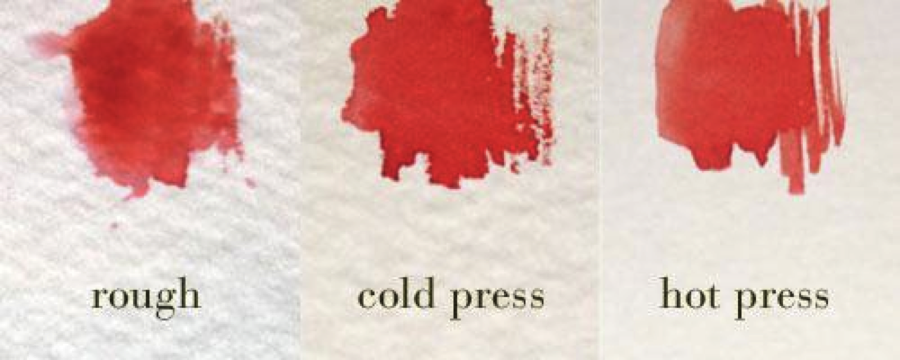
There are three forms of paper according to the manufacturing process:
- Rough. This paper has a very marked rough texture creating a grainy effect when painting. This is ideal for creating a lot of glazes and expressive style.
- Hot Press. It has a very smooth texture. Doesn’t absorb water as quickly as rough paper does and for instance, paint dries fast. It is suitable for thin details and to work with large and smooth washes with a few colors. But not proper to work with multiple layers.
- Cold press. This is a semi-rough paper, somewhat between rough and hot press, and is the most commonly used either or detailed or fuzzy effects.

On the other hand, three different common weights are depending on how thick the paper is: 90 lb (or pound paper), 140 lb, 300lb. To get started and experiment it is recommended to use 90lb which is a very thin paper.
A pencil
Well, even though many artists might let the brush paint freely all over the paper, it can be a good practice to make the first sketch of your picture with a pencil. This way you are going to paint with more confidence and will have a specific route that gets you to the desired composition. It is recommended to use an HB pencil because it has a very soft line that will make the sketch to be covered as painting.
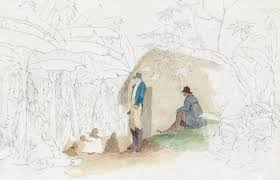

Brushes
Keep in mind that there different sizes and shapes of brush that can create different effects and for instance have their specific use. There are also different brush quality depending on what they are made of. But a few synthetic brushes can be a great option to get started —a 6 round brush, a 2″ flat an angled one, and even a script for tiny details. There also sets of brushes for starters.
Paints
To get started you can use cheaper options because you are trying to gain knowledge of the technique, but as your skills evolve, you’ll soon need to move on to professional quality paints which can also have much better results. You can find watercolor paints in two forms: pan and tube. The pan form is a great option if you like painting on the go to capture spontaneous themes. At this point, it’s a good idea to experiment with your brushes so you can familiarize with the lines and textures that you can create.
What colors do I need to get started? You might feel overwhelmed by the wide variety of colors, but to start, you need a few ones to practice and get used to the technique. This is a set of a few recommended colors to start with:
- ultramarine blue
- cadmium red medium
- alizarin crimson
- cadmium yellow light
- cadmium yellow medium
- phthalocyanine blue
- burnt sienna
- burnt umber
- phthalocyanine green
- hooker’s green
This is not a strict set of colors but only as a suggestion so you can have an idea of the colors that are likely to be more useful in your first works. You can only have a personalized selection of colors if you are buying paint tubes, but you might not have that choice when getting a watercolor pan set.
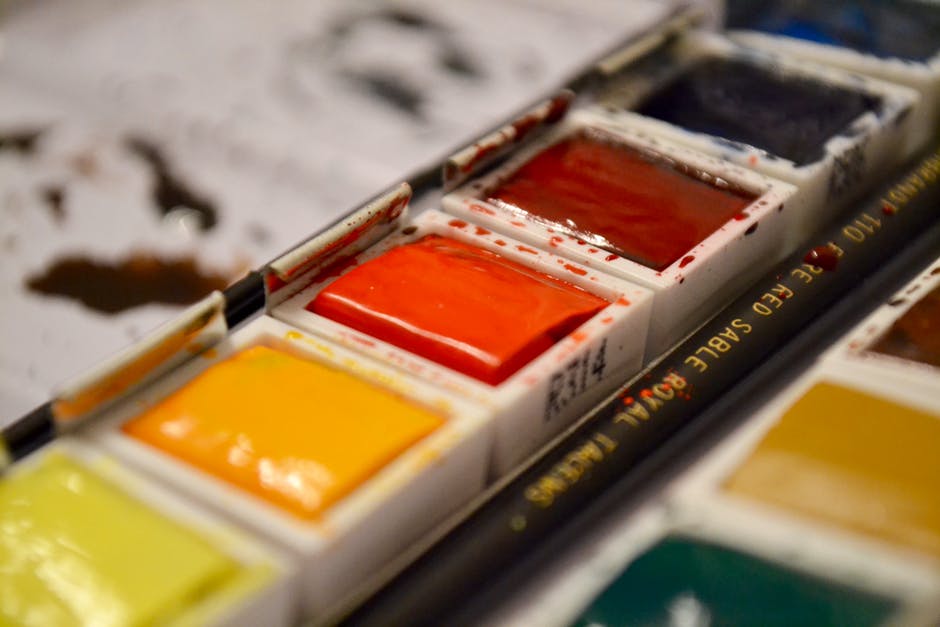
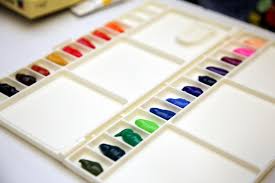
Palette
The larger, the better so you can have plenty of space to mix the paints. But it doesn’t have to be expensive. Pan sets include pallets, but not tube watercolors. In such a case there are inexpensive 10- (and even more) well plastic palettes out there. You can have a look at online stores like Amazon or eBay where there are a lot of them at a very affordable price.
Support panel
It is a common and recommended practice to use use a support panel or board to mount the paper. It can be any solid surface. This will also be useful to stretch your watercolor sheets.
Water
It can be tap water, and this will serve to prepare the paper, as a solvent for the paint and to clean the brushes. It is a good practice to have two water container, a big one to clean your brushes, and a smaller one to apply washes.
Paper towels or rags
You’ll need them to remove the excess of paint off your brushes and to keep them clean.
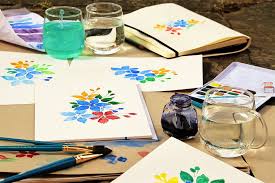
Understand the nature of the technique
For many artists, simplicity is a major element in the watercolor painting. Jim McFarlane was one of the great exponents of this approach. He said that the white of the paper has to be the base to create lights and reduce the values of color to just a few ones.
The idea is not getting bogged down in so much detail but learning to see the things simply and develop the idea of using a reduced amount of tones in a right relationship with each other so you can create a simple while catching artwork. This is the purest sense of watercolor painting.
If you want to read more about Watercolor Painting
Don’t be afraid to make mistakes
Trial and error is part of the process toward mastering any form of art. Someone said that watercolor painting is about the journey, not the destination. So, enjoy the learning process. Feel the gratification of your progress and discoveries. Don’t be afraid to freely express what you see. Even though the result is not the expected, simply be patient and keep going. Mastering the technique might take some time. The more you paint, the more you’ll develop a spontaneous sense of the technique.
These have been some previous considerations about what it takes to learn watercolor painting and the attitude you must have to succeed. I’m going to talk in more details about some basic concepts and techniques to start painting in our next post.
